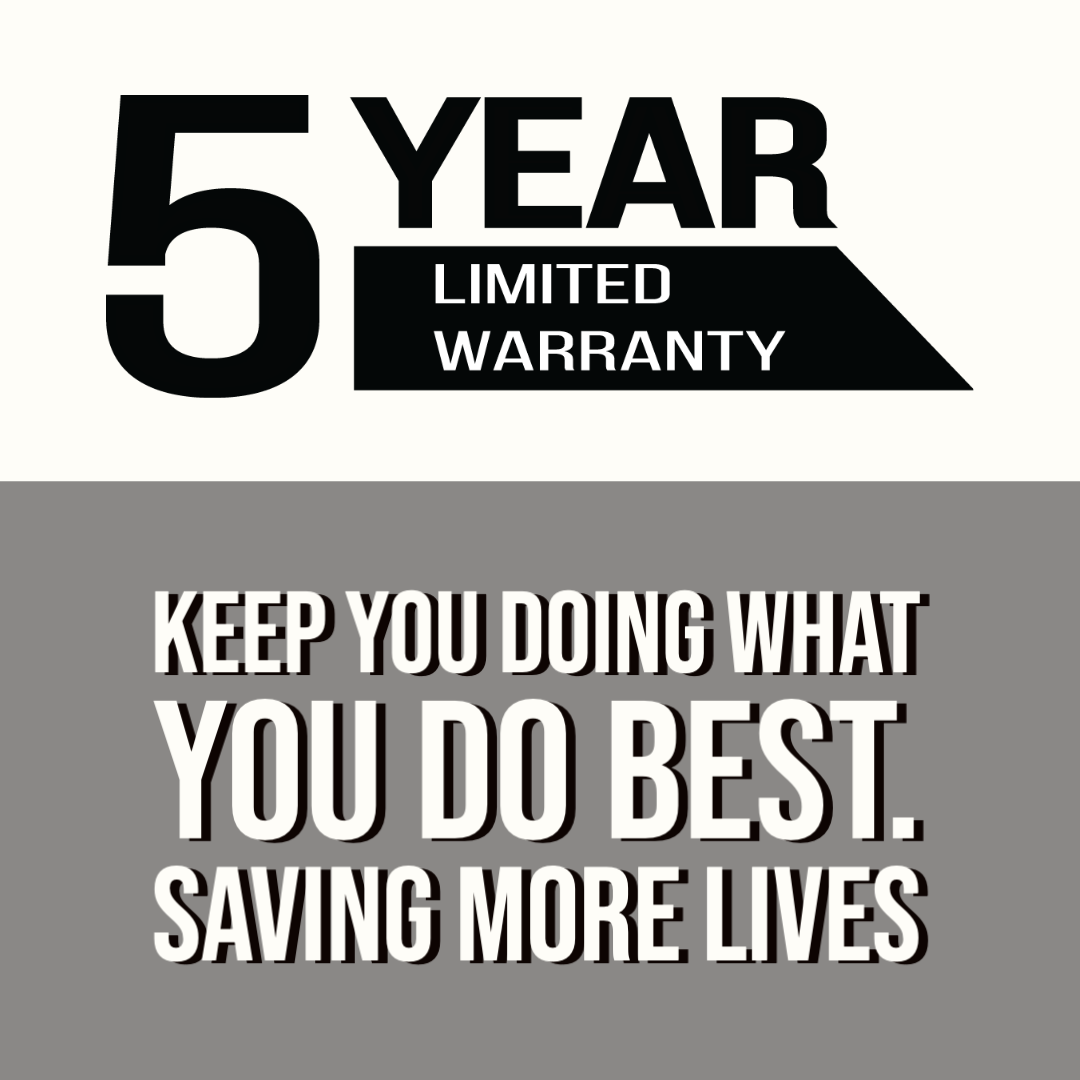Why Trauma Shears Are Essential on a Plate Carrier
In the world of *medical emergencies* and tactical operations, **trauma shears** are an indispensable tool. These shears are not your ordinary scissors; they are carefully engineered to provide the durability and precision needed when every second counts. Carrying trauma shears on a plate carrier is a strategic choice for professionals who are often first on the scene in critical situations.
When equipped on a plate carrier, trauma shears are easily accessible and can be deployed quickly. For **EMTs**, **military personnel**, and **law enforcement** officers, this accessibility can be the difference between life and death. Whether it's cutting through clothing to reach a wound or freeing someone from entanglement, trauma shears are designed to perform under pressure. Their robust construction allows them to cut through tough materials without compromising on precision or reliability.
Moreover, integrating trauma shears with a plate carrier ensures that they are always within reach, minimizing the time spent searching for critical tools during emergencies. This integration is crucial for maintaining focus and efficiency in high-stress environments. **ONE SHEAR®** understands the importance of reliable equipment, which is why our trauma shears are trusted by professionals worldwide.
For those dedicated to saving lives, having the right tools is non-negotiable. Trauma shears on a plate carrier represent a commitment to preparedness and excellence in the field. To explore our high-quality trauma shears and how they can enhance your operational readiness, find out more by visiting our website.
Importance of Trauma Shears in Emergencies

In emergency situations, where every moment is critical, having the right tools can make a significant difference in outcomes. **Trauma shears** are one such essential tool, designed to handle the rigors of emergency scenarios with *efficiency and precision*. Whether it's a car accident, a natural disaster, or a tactical operation, these shears are crucial for quick, reliable access to injured individuals.
**Trauma shears** are engineered to cut through a variety of materials, such as clothing, seat belts, and even thin metal, without causing harm to the patient. Their *sturdy design* and *sharp blades* allow first responders to rapidly expose wounds for treatment, which is vital in assessing and addressing injuries swiftly. Moreover, the blunt-tip design of trauma shears minimizes the risk of accidental cuts to the skin, ensuring that the focus remains on the task at hand.
In chaotic environments, where unpredictability reigns, trauma shears provide a semblance of control and reliability. Their ergonomic design ensures that they can be used comfortably for extended periods, reducing hand fatigue and maintaining efficiency. For professionals like **paramedics** and **firefighters**, who often operate in challenging conditions, having trauma shears readily available can enhance their ability to perform life-saving procedures effectively.
Ultimately, the importance of trauma shears in emergencies cannot be overstated. They are a critical component of an emergency responder's toolkit, providing the *speed and reliability* necessary to navigate the complexities of urgent care situations. Ensuring that these shears are always within reach, such as when attached to a plate carrier, can significantly improve response times and outcomes during critical moments.
Features of High-Quality Trauma Shears

When selecting **trauma shears** for professional use, understanding the features that distinguish *high-quality* tools from the rest is essential. These features ensure that the shears perform reliably under pressure and withstand the demands of emergency environments.
One of the foremost features to look for is the **material** used in the blades. High-quality trauma shears are typically made from **stainless steel**, known for its *durability* and *resistance to corrosion*. This ensures that the shears maintain their sharpness and structural integrity over time, even with frequent use in harsh conditions.
The **design of the blades** is another critical factor. High-quality shears have blades that are sharp and serrated, allowing them to cut through tough materials like leather, denim, and seat belts with ease. The serrated edge grips the material securely, preventing slippage and ensuring a clean cut.
Additionally, the **handle design** plays a significant role in the usability of trauma shears. Ergonomic handles that feature a comfortable grip enable users to operate the shears efficiently without experiencing hand fatigue, even during extended use. Handles made of *impact-resistant plastic* or *rubber-coated materials* offer a secure grip, which is crucial when precision is required in *high-stakes* situations.
Lastly, the **blunt-tip design** is a hallmark of quality trauma shears, providing an added layer of safety by preventing accidental punctures or lacerations. This feature is especially important when working close to the skin or in confined spaces.
Incorporating these features into trauma shears not only enhances their functionality but also ensures they are a reliable tool for medical, emergency, and tactical professionals. Choosing shears that embody these qualities can make a significant difference in critical situations.
How to Attach Trauma Shears to a Plate Carrier
Properly attaching **trauma shears to a plate carrier** is crucial for ensuring quick access during emergency situations. It is essential that these life-saving tools are securely fastened while remaining easily retrievable. Here’s a step-by-step guide on how to effectively attach them.
First, identify the **location** on your plate carrier where the trauma shears will be most accessible. Typically, this is on the front or side of the carrier, allowing for easy access with either hand. Consider your dominant hand and the layout of other equipment when deciding the placement.
Next, choose a **sheath or holster** designed specifically for trauma shears. These holders are often made of durable materials like nylon or Kydex, providing both protection and a snug fit for the shears. Some sheaths come with MOLLE-compatible straps, making them ideal for attaching to the webbing commonly found on plate carriers.
To attach the sheath, thread the **MOLLE straps** through the webbing on the plate carrier. Ensure they are tightly secured to prevent any movement. For additional security, some sheaths feature a snap closure or a Velcro strap that holds the shears in place, preventing accidental loss during rigorous activities.
Once the sheath is attached, insert the trauma shears, ensuring the handles are easily graspable. Perform a quick test by drawing the shears from the sheath to ensure smooth access. It’s important that the shears do not snag or require excessive force to remove.
Lastly, practice accessing your trauma shears regularly. Familiarity with the placement and retrieval of your tools can significantly reduce response time in emergencies, which is critical in life-saving scenarios.
Benefits of Having Trauma Shears Accessible

In critical situations, having **trauma shears readily accessible** can make a significant difference in the outcome of an emergency. This accessibility is not just about convenience but is a fundamental aspect of operational readiness for medical, emergency, and tactical professionals.
One of the primary benefits is the **speed of response**. In emergencies, every second counts. Having trauma shears within easy reach ensures that medical personnel can quickly cut through clothing, seat belts, or other obstructions to assess injuries and provide immediate care. This rapid access can be vital in life-threatening situations, such as when there is a need to control bleeding or access a wound.
Another advantage is the **versatility of use**. Trauma shears are not just for cutting fabric; they can handle a variety of materials, including bandages, tape, and even thin metal. This versatility makes them an indispensable tool in the field, where situations can change rapidly, and adaptability is key.
Having trauma shears within reach also enhances **safety** for both the responder and the patient. Instead of struggling with inadequate tools or makeshift solutions, professionals can rely on trauma shears to perform clean and precise cuts, reducing the risk of injury.
Moreover, the **psychological assurance** of knowing that these tools are immediately available can improve the overall confidence of the professional, allowing them to focus on the task at hand without worrying about equipment failure or unavailability. This confidence can lead to more effective and efficient emergency care.
Incorporating trauma shears into the setup of a plate carrier is a strategic decision that underscores their importance in emergency preparedness, ensuring that responders are always equipped to handle the unexpected.
Choosing the Right Trauma Shears for Your Needs

Selecting the appropriate trauma shears is crucial for professionals who depend on these tools in high-pressure situations. With numerous options available, making an informed choice can significantly impact performance and reliability.
Firstly, consider the **material** of the shears. High-quality trauma shears are typically made from stainless steel, which offers durability and resistance to rust. This is essential for ensuring that the shears remain sharp and effective over time, even with frequent use.
The **size** and **design** of the shears are also important factors. A compact design with ergonomic handles can improve grip and control, reducing hand fatigue during extended use. Additionally, shears with a non-slip grip are beneficial in wet or greasy conditions, common in emergency scenarios.
Another critical aspect is the **cutting capability**. Look for shears with serrated blades, as these are designed to cut through tough materials effortlessly, such as leather, denim, and even thin metal. This feature is especially valuable in emergencies where quick action is necessary.
**Safety features**, such as a blunt tip, should not be overlooked as they prevent accidental injury to the patient during use. This is particularly important when cutting close to the skin.
Finally, consider the **portability** and how the shears fit into your gear setup. Whether attaching them to a belt, a pocket, or a plate carrier, ease of access is crucial for rapid deployment.
Choosing the right trauma shears involves balancing functionality, comfort, and safety to suit your specific requirements. By investing in high-quality shears, you're ensuring that you're prepared for any situation, enhancing your ability to provide critical care.
For more information on selecting the perfect trauma shears, visit our website at www.oneshear.com.





